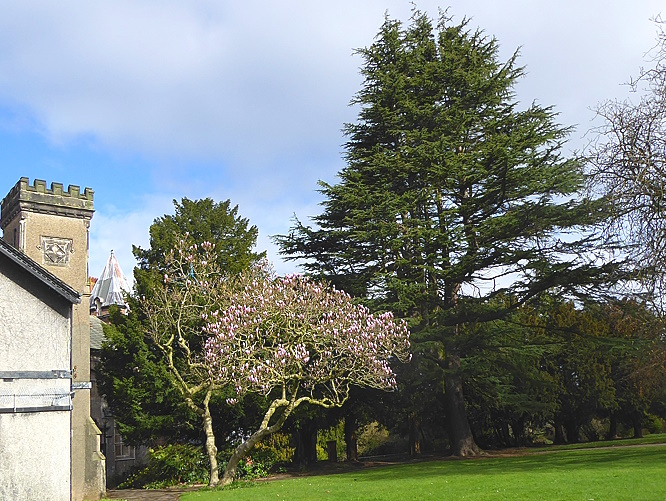
On a sunny morning, when we had all successfully managed to change our clocks, we took a bus across the Wirral. The gardens on the way were showing off their Forsythia, Camellia, early Cherries and their just-breaking buds of Magnolia. It’s over ten years since we went to Mayer Park. It was once owned by Joseph Mayer of Liverpool, silversmith, antiquary and philanthropist. He lived in Bebington, and in 1869 bought the building next door, with five acres of land, and transformed them into a library and public park for all the people of the area. I imagine some of the older trees may be Mayer’s originals, perhaps now 150 years old. We didn’t examine the Cedar in the top photo, but it might be a now-rare Cedar of Lebanon, while a couple of Yews with gnarly trunks might also be that age.
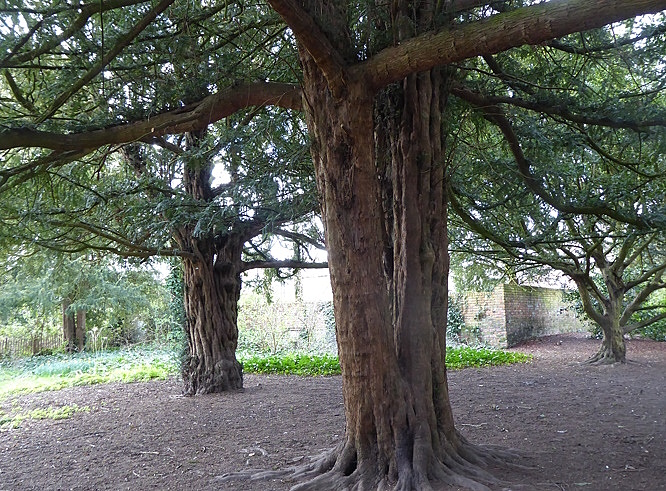
Grey squirrels were scampering up and down the trees. The only birds about were Blackbirds, Magpies and Wood Pigeons. Daisies and the first Dandelions were in flower on the lawns and we spotted a big Bumble Bee quartering the ground beneath shrubbery, looking for a hole to start her nest. The “sticky-buds” of the Horse Chestnut were just breaking.
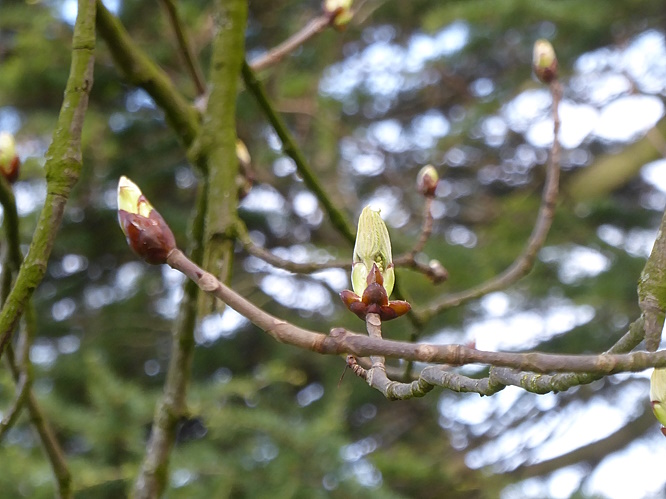
We poked about in the woodland area on the eastern edge, which may once have been allotments. In amongst the overgrown bramble and scrub were some remnants of cultivated flowers, such as these double Daffodils.
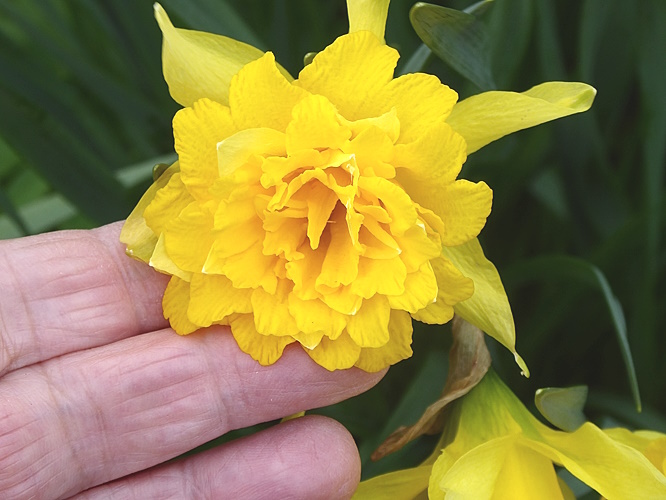
In the bare flower beds around the paved circle near the southern end we spotted Jelly Ear fungus emerging right out of cleared soil. They normally grow on dead Elder branches. The fungi weren’t attached to any underground roots, so we guessed they had grown from the woodchip mulch. (Added later: Sabena commented “…you have a pic of what you thought were Jelly Ear fungi … They’re actually Peziza – a saprophytic cup fungi that grow on the ground or woodchips. There are a lot of similar species – you really need a spore test to distinguish between them.”)
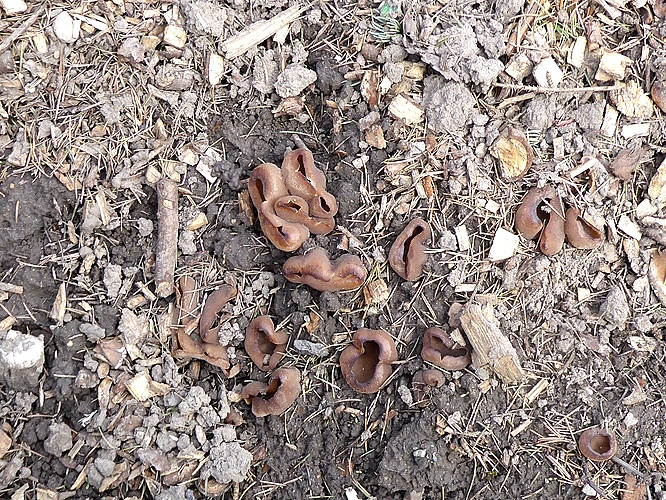
There was Periwinkle growing on a low wall, and flying all around it were bees with ginger thoraxes. Probably Common Carder bees Bombus pascuorum. They must have been queens emerging from hibernation, but were they feeding from the flowers or were they looking for places to nest in chinks in the old wall? They didn’t seem to settle for either purpose, and I never caught one sitting still for a photo.
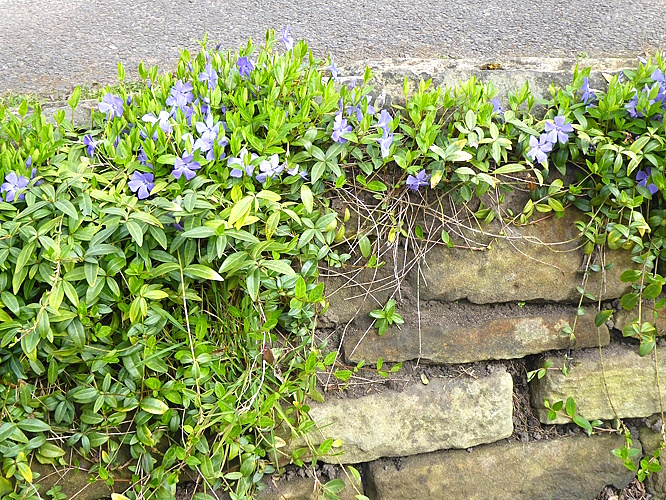
After lunch we went under the railway tunnel to Port Sunlight and visited the garden centre. Outside there was a lovely shrubby border, and we found wintering snails tucked up in the Hellebore.

The southern arm of Port Sunlight Rose Garden has recently been re-worked as a memorial garden for the late Queen. They took out the old roses and replaced them with the variety “Queen Elizabeth”, surrounded by low hedges and clipped conifers.

Along the junction of Church Drive and The Causeway there used to be a row of tall Lombardy Poplars. One came down in the storms of December 2021, and most of the others were found to have rotten cores and were felled. But the living cambium layer just under the bark persists in pushing out new shoots.

Outside Christ Church is a tree, planted by the WI, which we have variously mis-identified over the years. A Moosebark? A Foxglove tree? Something with huge leaves, anyway. Today we finally nailed it down as an Indian Bean tree, because we saw last autumn’s remaining bean pods.
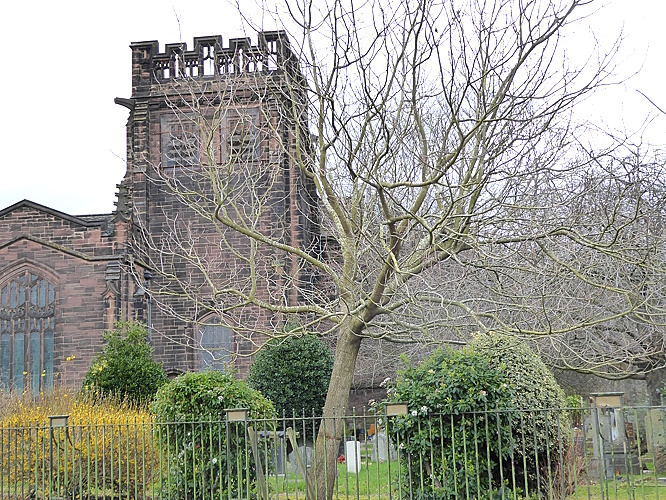
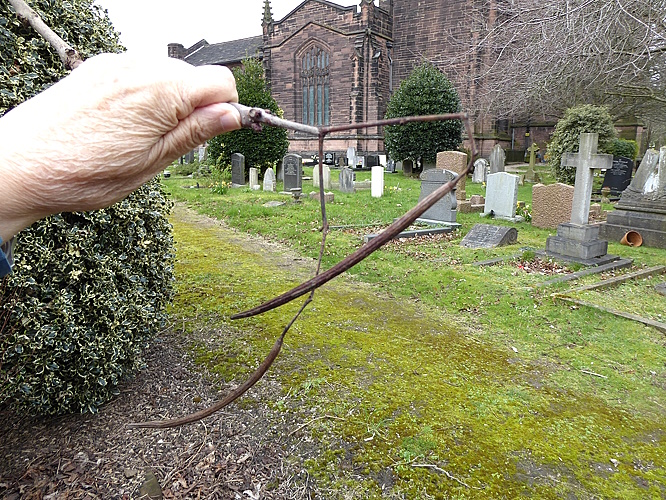
A Mistle Thrush sang from the top of a churchyard tree, a Robin from lower down, and Jackdaws pecked about on the lawn. The Quinces in the hedge are magnificent this year.

It looks like Spring in the Dell.

Public transport details: Bus 487 (the Parkgate bus) from Sir Thomas Street at 10.38 (should have been 10.29), arriving The Village opp Civic Way at 11.04. Returned on the train from Port Sunlight station at 14.36 (that was late too!), arriving Liverpool 15.00
